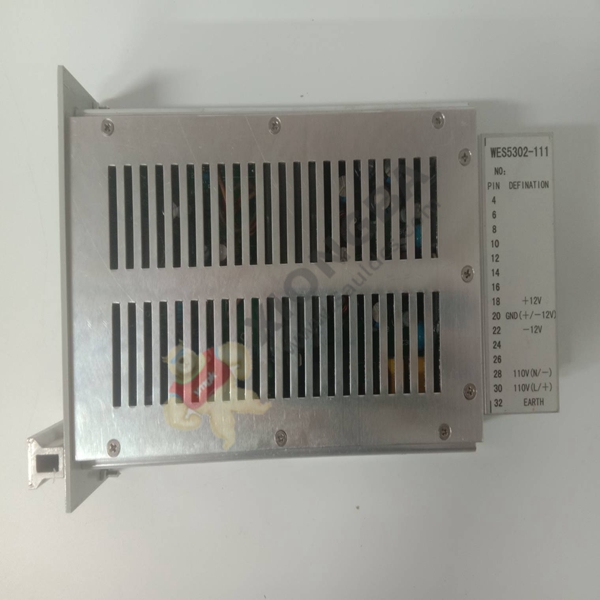controller
The controller is the main command device that changes the wiring of the main circuit or the control circuit and changes the resistance value in the circuit to control the start, speed regulation, braking and reverse of the motor in accordance with the predetermined sequence. The controller is composed of program status register PSR, system status register SSR, program counter PC, instruction register, etc. As a “decision-making mechanism”, its main task is to issue commands, and plays the role of coordination and command in the operation of the whole computer system. The classification of control mainly includes two kinds, namely, combinatorial logic controller and microprogram controller. Both parts have their own advantages and disadvantages. The structure of combinatorial logic controller is relatively complex, but it has the advantage of fast speed. Microprogram controller is designed with simple structure, but in modifying one machine instruction function, it needs to reprogram the whole microprogram.
The way the instruction set is
Cpus can also be classified by instruction set into reduced instruction set computers (RISCs) and complex instruction set computers (CISCs). RISC instruction length and execution time are constant, CISC instruction length and execution time are not necessarily. Parallel execution of RISC instructions is better, and the compiler is more efficient. CISC instruction has better optimization for different tasks, at the cost of complex circuits and difficult to improve parallelism. The typical CISC instruction set has the x86 microarchitecture, and the typical RISC instruction set has the ARM microarchitecture. However, in modern processor architecture, RISC and CISC instructions will be converted in the process of decoding and split into RISC-like instructions inside the CPU
GE WES5302 WES5302-111 Distributed control system
 中文版
中文版




